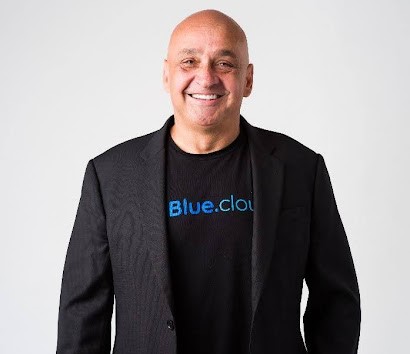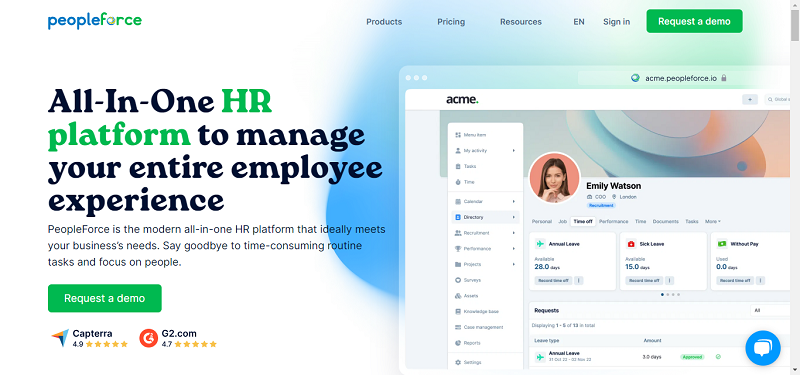Many people envision technology as purely a forward-looking thing, with new approaches to commerce and communications offering increased levels of security and profitability. Although this is indeed the case, it is also important to keep an eye on the past, in terms of the documents and activities that become part of every company’s legacy. This can become a dangerous and expensive proposition if litigation ever becomes an issue.
When a company faces legal action, either from an individual, or as part of a class action, one of the most expensive and time-consuming activities involves the need to pore over millions of documents, including day-to-day emails and texts, as part of the discovery process. The legal team might not even know what they are looking for specifically, but even the most innocuous late Friday afternoon joke of the day might end up becoming something that sways a judge much further down the road.
Avoidance of costly damages and of litigation in particular is based in a great measure on preparedness – keeping all of one’s records, files and other material in good order, and easily findable. It is one of the key pieces of guidance that legal professionals willingly offer: keep everything in order, above board, and to a minimum.
For CIOs, this means reviewing the ways in which communication happens within a business. Over the past decades, email has grown into a communications lifeblood, and one that seems to be essentially free. But email is not free. Firstly, its lack of context often leads to misunderstandings or the need for repetition. In many cases, an issue or idea can be more effectively dealt with through live conversation, but email appears so much more convenient. It is also an emotional shield. People tend to hide behind emails because it seems easier than actually engaging in a conversation. Thirdly, email is not as free as it seems. The time that employees take to read, reply to and compose emails is often time that could be better applied elsewhere. Its false immediacy makes people feel the need to respond right away, which incorrectly reprioritizes email to the top of the pile. And finally, there is just too much of it. People are cc’d and included in ways they do not need. All of this costs time and therefore costs money.
New technologies are now available that can replace email with far more productive and time-efficient communications and collaborations techniques, allowing companies to redesign their habits with both brevity and priority in mind. Wouldn’t companies want their employees focusing their attention on their most important, profitable tasks?
Similarly, there is a duty of care that workplaces owe to employees and customers with regard to safeguarding data. Breaches and hacks can come from anywhere and start from anywhere, and in many cases their origins are internal, either from innocent mistakes or sabotage. Much of this damage can be prevented by deploying watchdog technology that constantly observes data activity upon a network. But even in cases where an attack or breach has already happened, part of the restoration and damage-containment strategy will depend on a company’s record of how well it proactively looked after the material.
The message that these scenarios brings to CIOs is that a company’s legacy, in terms of stored communications data and network activity, may come back to haunt those who have not taken care to manage and minimize it. As they guide their organizations forward into the new world of IT, they should take stock of the opportunity to both adopt new, better practices for communicating, and simultaneously ensuring that legacy material will withstand scrutiny.
By Steve Prentice
This post is brought to you by The CIO Agenda.
KPMG LLP is a Delaware limited liability partnership and is the U.S. member firm of the KPMG network of independent member firms affiliated with KPMG International Cooperative (“KPMG International”), a Swiss entity. The KPMG name, logo and “cutting through complexity” are registered trademarks or trademarks of KPMG International. The views and opinions expressed herein are those of the authors and do not necessarily represent the views and opinions of KPMG LLP.
(The author of this paper is not a lawyer. This document should not be construed as direct legal advice).





